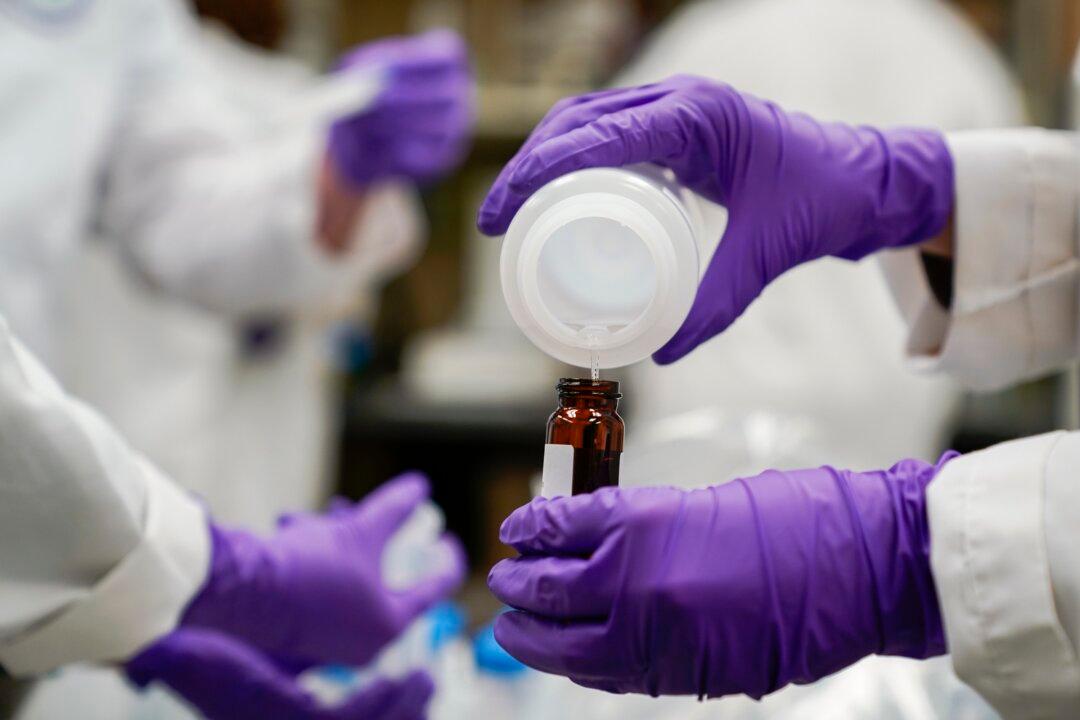Commentary
I’ve always been of the firm opinion that the main cause of the global fertility crisis, apart from obesity and sedentary lifestyles, is our unprecedented exposure to harmful industrial chemicals, especially chemicals that disrupt our natural hormonal balance (so-called endocrine disruptors). Many of these chemicals are involved in the manufacture of plastics and personal-care products. The crisis is now so bad that man could be unable, as a species, to reproduce by natural means as early as 2045.





